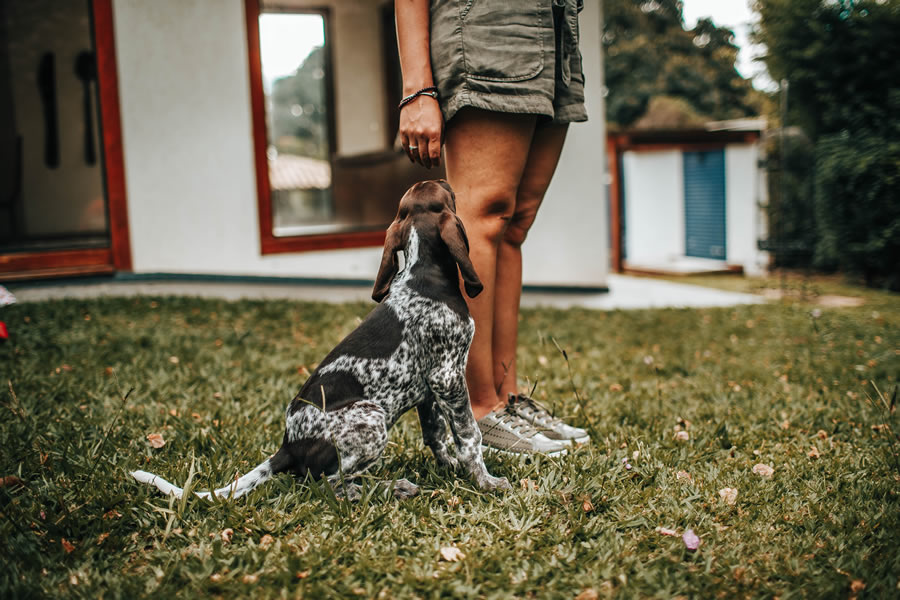Original Article: http://chewonthis.maddiesfund.org/2020/09/how-your-animal-welfare-organization-can-aid-in-disaster-response/

As many communities across the nation face devastating impacts from wildfires, hurricanes and so much more, animal shelters and rescue organizations are working to help their communities and the displacement of pets.
If you haven’t already done so, we recommend watching the webcast recording, A Shelter’s Role in Disaster Response, from 2018 with Dr. Elise Gingrich. In this webcast, Dr. Gingrich prompts you to analyze your organization’s level of preparedness, makes you aware of what you need to consider for disaster response and helps you determine what your shelter’s role can be during disaster response.
So where do you begin? Dr. Gingrich says you need to determine what your shelter’s role will be. For example, your animal shelter may have the critical role of sheltering evacuees, or maybe your organization is a destination partner for an affected shelter, etc.
You can create a full, in-depth plan using this free toolkit offered by Colorado State University Extension, as a step by step guide to set your organization up for proactive disaster response.
Dr. Gingrich provides 6 tips that your organization can do before, during and after a disaster:
Plan ahead as much as possible. The more that is in place, the better you will be able to respond to the unexpected.
Keep everyone updated. Everyone within your organization needs to stay up to date and know what is taking place. Dr. Gingrich recommends delegating this task to one person to send updates to avoid confusion. At least one or two updates per day is all that’s needed!
Take care of staff and volunteers. With disasters, comes chaos. Don’t forget to look after one another. If necessary, one person can make sure everyone is being taken care of, whether it be providing food for meals, ensuring people get rest, etc.
Document, document, document! There are multiple reasons why documentation is important. One being for identification purposes of the pets through intake forms. Similarly, photos can be used for both identification as well as to document. Also keep time logs, as if it is possible to reimburse staff for overtime, that you have records handy to do so.
Understand not everything will go smoothly. Be prepared to go with the flow to be the most proactive your organization can be. Disasters can be tricky and create uncertainty for many.
Debrief. Take some time after the event to relax, then regroup to discuss what went well and what you can improve if it occurs again.
Disasters make the power of the human-animal bond so much more evident, according to Dr. Gingrich. “Many people view their pets as family members, they have an expectation that pets will be cared for in an event of an emergency and often times if services are not available, pet owners may refuse to evacuate or even re-enter the zone, causing increased danger for themselves and first responders.”
The importance of preparing for a disaster is key to be able to adapt for events that we cannot plan for. Organizations prepare for a variety of reasons, being that it allows people to help themselves, can help reduce damage and stress, but also keeps families and pets together.
Be sure to watch the full webcast to learn how your organization can best prepare for a disaster.
Source: Chew On This












